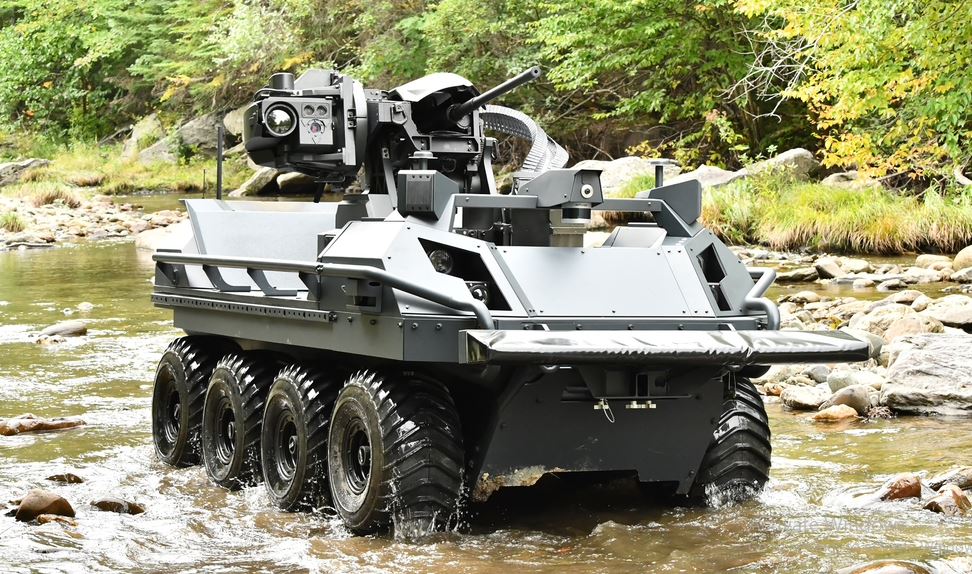
The Japan Ground Self-Defense Force (JGSDF) has begun trials of two European-produced unmanned ground vehicles (UGVs) to assess their potential across multiple operational roles.
The trials involve the Rheinmetall Mission Master SP and Milrem THeMIS as part of the JGSDF’s drive to expand its unmanned capabilities amid advances made by regional rivals such as China.
Concerns that Japan’s shrinking population could limit the pool of military recruits are another factor pushing Tokyo toward unmanned platforms to sustain operations while minimizing risks to personnel.
“It is important to promote efforts for automation, labor saving and optimization through utilizing unmanned assets, including UGVs,” Japan’s arms procurement agency reportedly stated in 2024.
Mission Master vs. THeMIS
Japan acquired three units each of the Mission Master SP and THeMIS in 2024 to support the evaluation effort.
The electric-powered Mission Master SP features a compact, low-signature design, with the three units configured for cargo, surveillance, and a remote-controlled weapon station.
Its modular architecture allows payloads to be swapped in minutes, enhancing operational flexibility.
Amphibious in capability, the SP can travel at 6 kilometers (3.7 miles) per hour in water and reach up to 40 kilometers (25 miles) per hour on land when lightly loaded.
Meanwhile, the tracked THeMIS can reach speeds of up to 20 kilometers (12.4 miles) per hour and operate for as long as eight hours.
It can be fitted with a variety of weapons, including machine guns and anti-tank missiles, to engage lightly armored targets, making it well-suited for sustained operations and high payload tasks.
The Mission Master SP can carry up to 1,000 kilograms (2,205 pounds), while the THeMIS has a standard capacity of 750 kilograms (1,653 pounds), extendable to 1,200 kilograms (2,645 pounds).